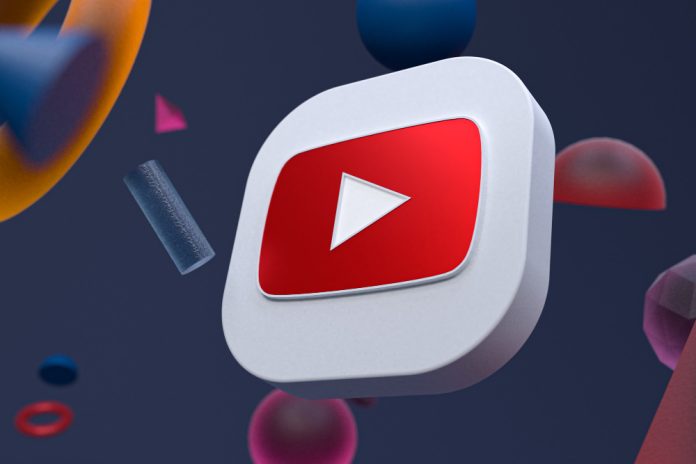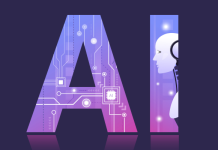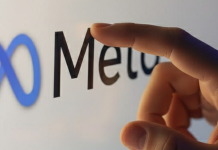YouTube Shorts is set to get a major upgrade this summer with the integration of the powerful Google Veo 3 AI video generation model. Announced by YouTube CEO Neal Mohan at the Cannes Lions International Festival of Creativity 2025, this update will enhance the platform’s AI video capabilities with higher video quality, native audio generation, and smarter prompt responses.
Veo 3, developed by Google DeepMind, was introduced earlier in May at Google I/O 2025. The advanced model brings improvements in video realism, accurate lip syncing, natural physics, and now supports ambient sounds and voice-based audio generation—all from a simple text prompt.
Veo 3 Integration: What It Means for YouTube Shorts
In an official blog post, Neal Mohan shared YouTube’s plans to elevate creativity for Shorts creators using AI-powered tools. Currently, tools like Dream Screen allow users to generate AI backgrounds and short clips. The upcoming Veo 3 integration is expected to take this further by allowing creators to generate entire video segments, including realistic sounds and audio.
YouTube says this feature will roll out “this summer,” although no specific launch date has been announced. Once available, the new toolset is expected to significantly improve content creation speed, quality, and accessibility, particularly for short-form video creators and marketers.
Key Features of Google Veo 3
The Veo 3 AI model is Google’s most advanced video generation system to date. Key features include:
- Native Audio Generation: Adds environmental sounds, music, and even dialogue to videos.
- Improved Prompt Accuracy: Better interpretation of user prompts for precise video generation.
- Cinematic Rendering: Higher resolution and more lifelike motion.
- Real-World Physics Simulation: Ensures realistic movement and scene interaction.
- Accurate Lip Syncing: Syncs spoken audio with character movements for enhanced realism.
These upgrades will enable creators to craft immersive, cinematic Shorts without advanced editing skills or expensive production equipment.
Expanding AI Tools Across Platforms
The integration of Veo 3 in YouTube Shorts is part of a broader movement by Google to bring AI-powered creativity tools across its ecosystem. One notable example is Canva’s new “Create a Video Clip” feature, which also leverages Veo 3. Available only to paid subscribers of Canva’s AI suite, the tool allows users to generate video clips with cinematic-quality rendering and editable audio. Users currently have a five-video generation limit per month, though Canva is working to expand these capabilities.
YouTube’s Broader AI Push
Beyond Veo 3, YouTube has also seen success with Auto Dubbing, an AI feature that translates videos across nine languages, helping expand global reach. Since its launch just six months ago, Auto Dubbing has already supported more than 20 million videos, breaking down language barriers for creators and audiences alike.
Final Thoughts
The integration of Google Veo 3 into YouTube Shorts marks a significant leap forward for AI in content creation. With features like text-to-video generation, native audio support, and cinematic rendering, YouTube is arming creators with tools that were once only available to professional studios.
As AI continues to shape the future of digital content, platforms like YouTube are ensuring that creative expression becomes faster, easier, and more inclusive than ever before. If you’re a content creator, now is the time to explore these tools and ride the wave of innovation.
I hope you find the above content helpful. For more such informative content, please visit Techadvisor Pro.













